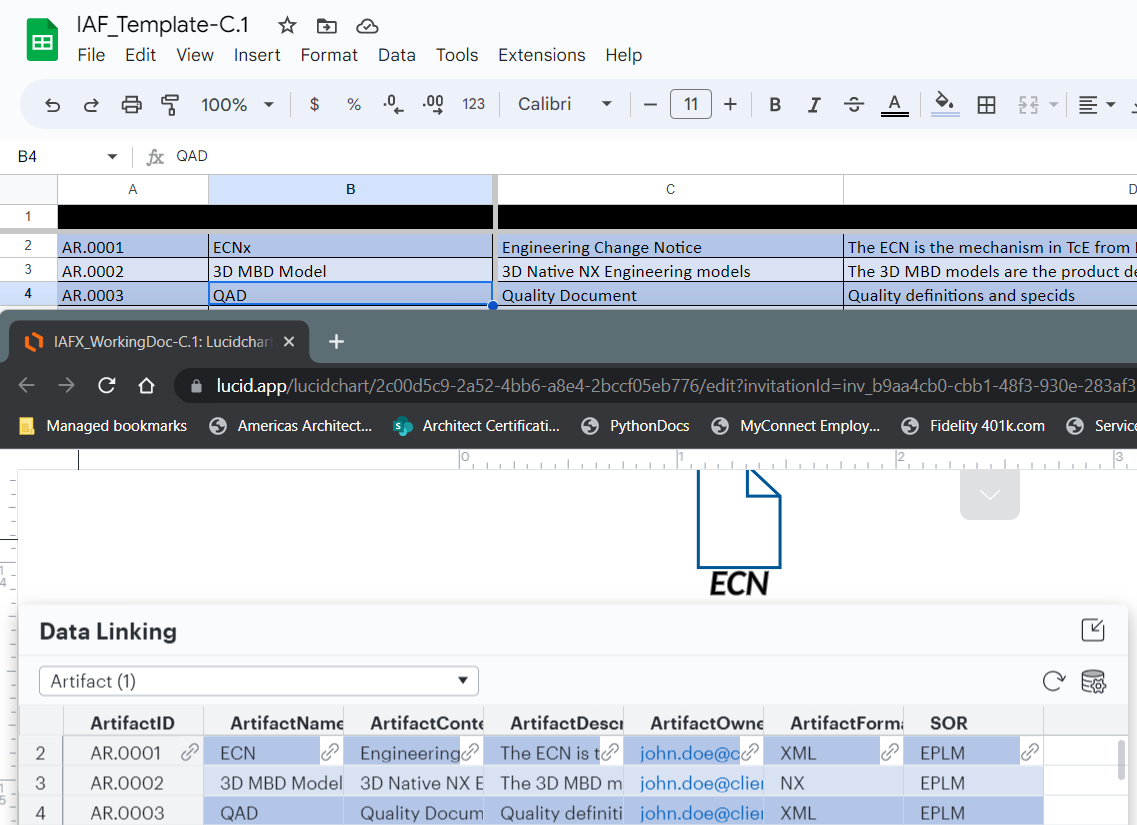Please find below an email from a power user at our site. Please advise on how to address this:
John
We ran across a bug with the “Replace Dataset” function in the data linking module. We included the prefix “Current State” to our current state data tables. We are now working on defining/creating future state models with the customer and we duplicated our current state workbook as a starting point.
When we duplicated the workbook for future state we need to rename our datasets to exclude the “current state” prefix to avoid confusion. We did the following steps:
- Executed in the “Download as CSV” function for a dataset in Lucidchart
- Opened the CSV in excel and changed the name of the file and the name of the sheet.
- Saved the file as an xlsx file type
- Opened Lucid select table to be updated from data linking module select “Replace Dataset” Luicdchart function select new file.
After these steps were executed Lucidchart was unable to map a large percentage of the data to the correct objects even though we didn’t alter any data.
We are now in the process of re-mapping our objects to the appropriate data. John we wanted to bring this to your attention since you are creating the templates and teaching people how to update datasets in Lucid. All in all don’t put all your trust into the “Replace Dataset” function in Lucid.


